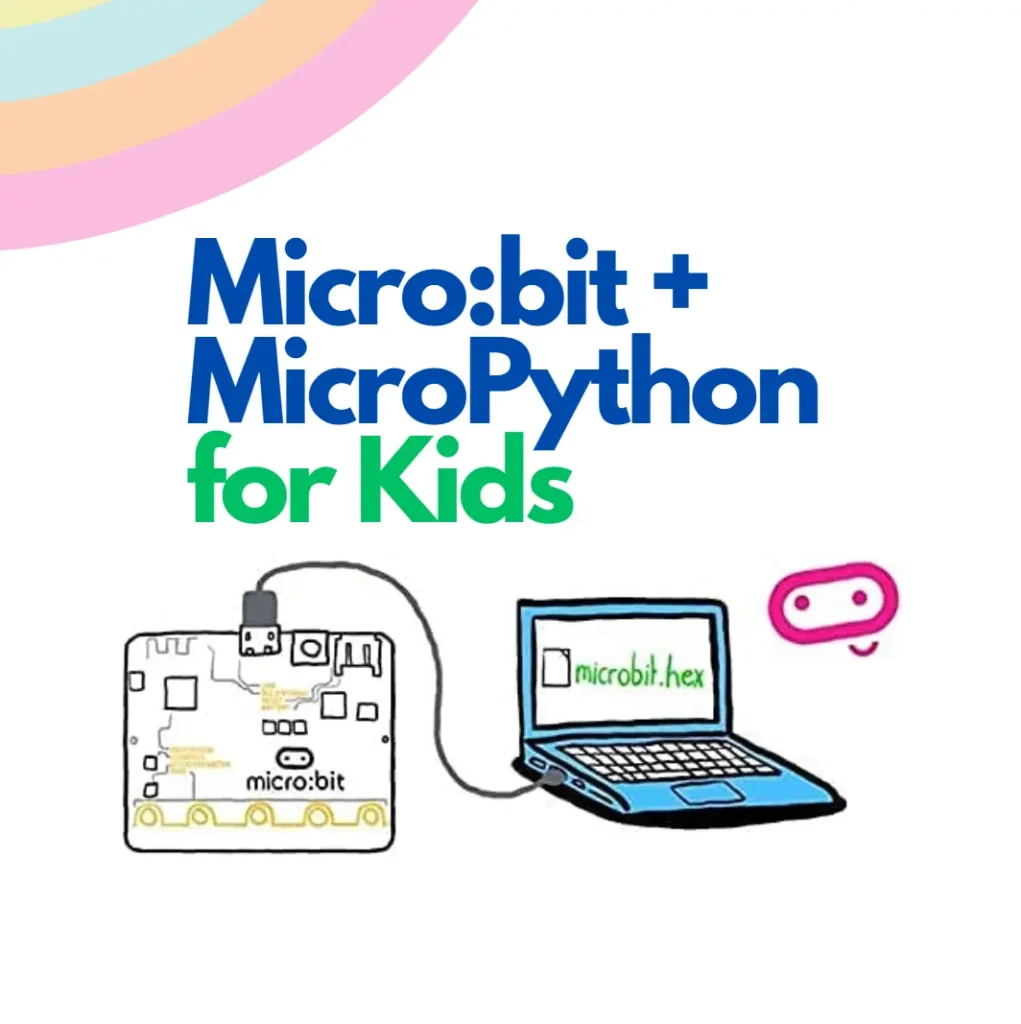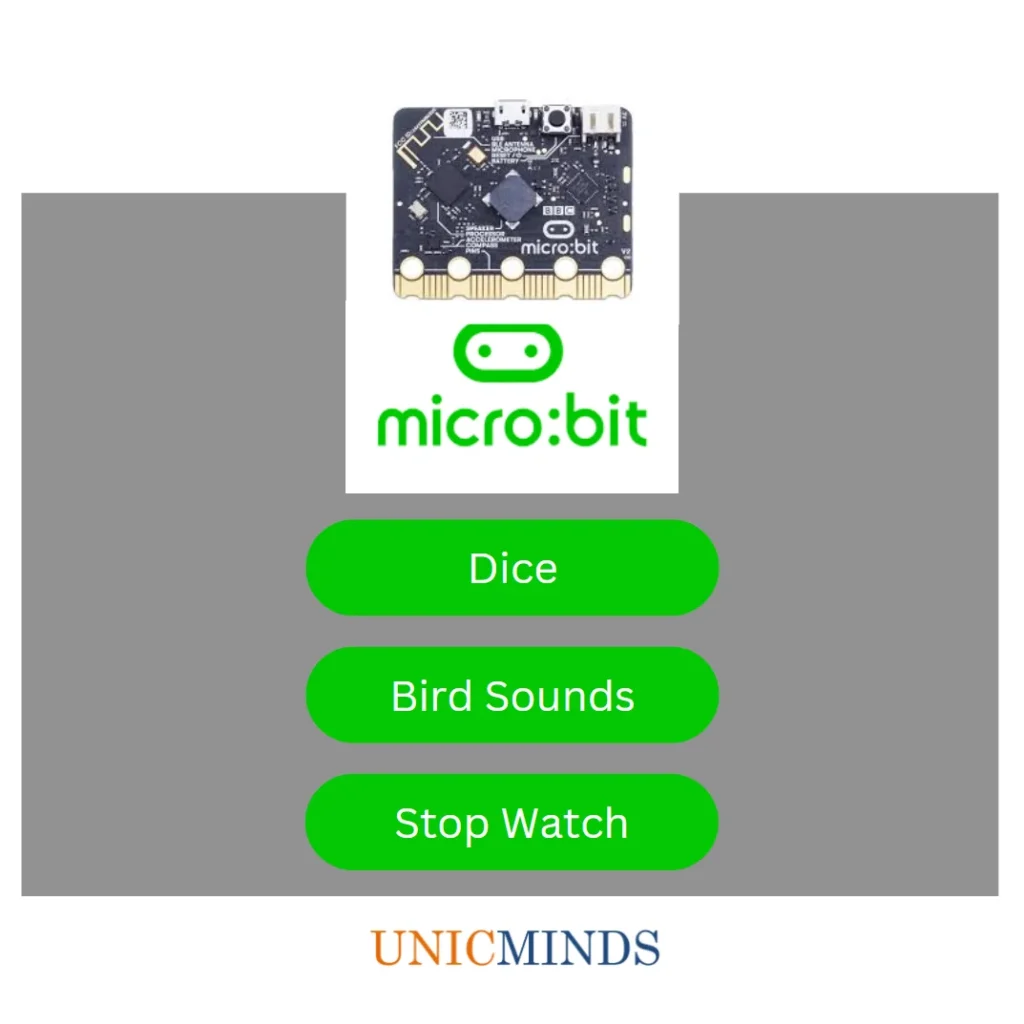With all the turmoil around, ideally countries would like to be independent and self-sufficient. But, that is impossible now in this globalized world. No country can produce everything that it needs and maintain strong growth. So, for a country to be strategically important and to veil its strategic leverage, it is important to be a crucial part of the global supply-chain such that the global powers cannot ignore you or take you for a ride, and so that a country can leverage that power to be even-handed on the negotiating table.
For example, while Taiwan is a small country and one might think it might not have a lot of leverage, Taiwan indeed has a lot of leverage. Taiwan produces more than 60 percent of the world’s semiconductors, and until a while ago, that number used to be close to 75 percent of the world’s semiconductors. But, why are we discussing semiconductor chips, why are they important?
Almost everything you see around, from washing machines to cars to phones to AI technology to retail, everything needs semiconductor chips. Without semiconductor chips, the world would come to a standstill today. Close to 60% of the world’s advanced semiconductor chips are produced in Taiwan, and that is leverage for Taiwan.
This is why it is important for all children, the bright minds of the future, to learn about coding, computer-science, and semiconductors. It is inevitable that eventually all experience converges in selling something or consuming something involving semiconductor technology in one way or the other.
India has lagged behind heavily in the semiconductor manufacturing industry. And, it is now trying to play catchup. The semiconductor industry needs a long-term vision. It needs heavy investments initially and then the benefits will be reaped over in the long run. For example, it takes four years after setting up a fabrication factory for the first production quality chip to come out of the factory, but even then the defect rate will be very high in the initial years. It is only once the production gets stabilised when the yield becomes better.
Another common issue in chip manufacturing is the process is error prone. Despite all the automation and advanced facilities, chip manufacturing is a very error prone process. The manufacturing involves various stages, including wafer fabrication, assembly, packaging, and final integrated circuit testing. The shrinking dimensions of the semiconductor components enabled by modern extreme UV light sources make the semiconductor fabrication process very susceptible to errors occurring during the various photolithographic steps – mask alignment, photoresist patterning, and etching.
However, India is not starting from zero. India already has a particular strength in the semiconductor industry, and that is design. Approximately, 20 percent of the global workforce that designs semiconductor chips is based in India working for various multi-national chip companies. India lacks a commercial scale semiconductor fabrication facility. The leading company of India, Tata ventured into this with its Tata-PSMC partnership and started a 28nm chip manufacturing plant capable of producing 50,000 wafers per month. Eventually, India plans to move into the more advanced fabrication of 14nm and 12nm chips.
The other parts of the semiconductor supply-chain that India is looking at is the chip assembly and packaging. Chip assembly and packaging is a labor intensive process and India is well-suited to take advantage of this process by providing an inexpensive workforce, driving value in the supply chain. India has recently announced four new plants for assembly and packaging.
As a curriculum leading institute in STEM, we provide simple to understand chip fabrication lessons for kids to develop understanding around semiconductors and the various levels of semiconductor scales. In order to build interest around silicon chips and microcontrollers, we provide classes on various microcontrollers such as Arduino, Jetson, Microbit, and more.
Hope you found this useful, thank you.
You may like to read: How to teach coding to kids?, A Student’s Gift to his Mother, & Hour of Code for Kids




